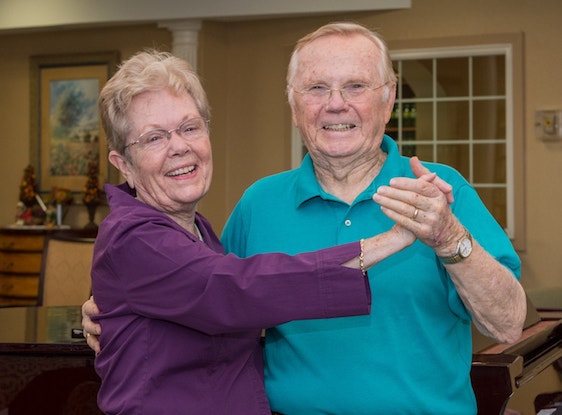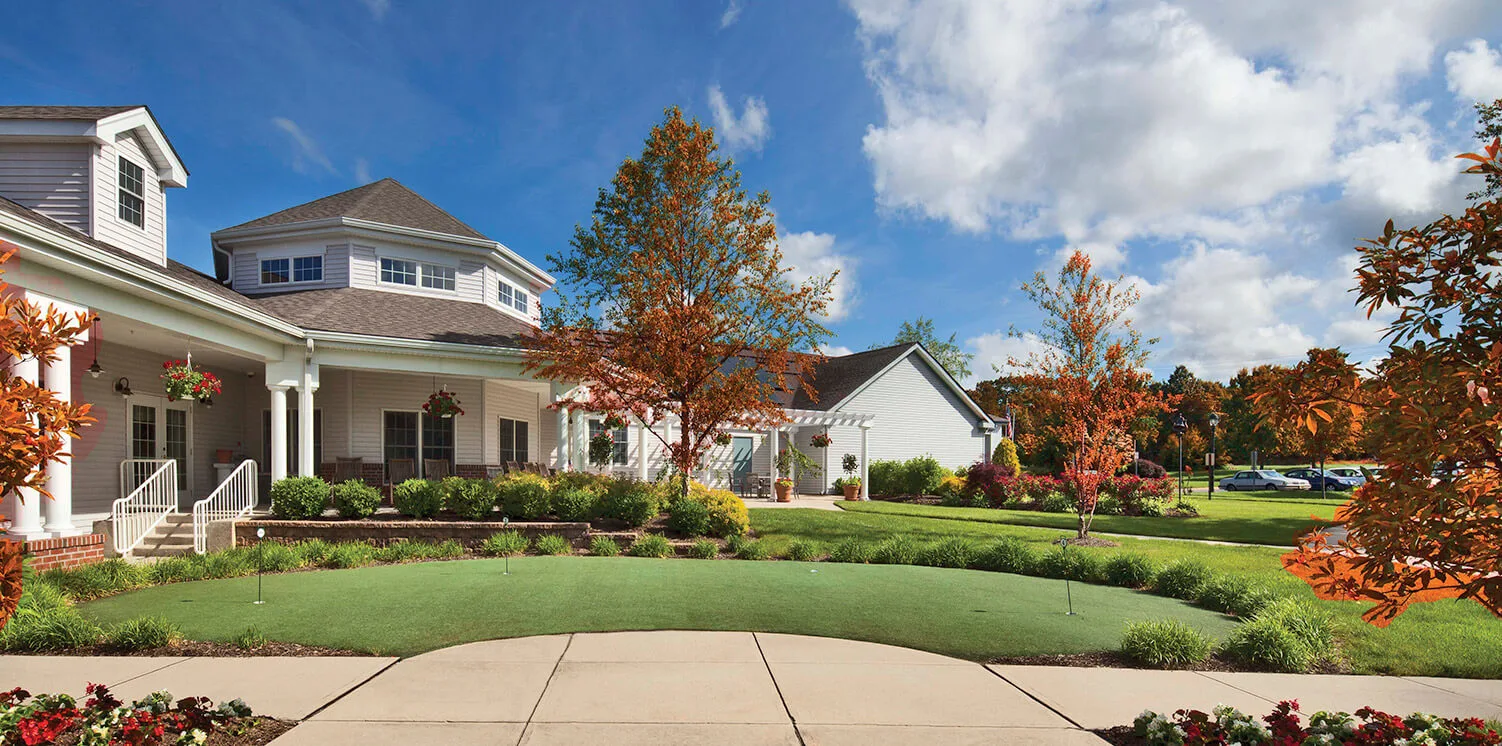Do Runners Live Longer Than Walkers? Here’s What Studies Show

According to a 2019 study published by the Journal of the American College of Cardiology, “people with the highest levels of fitness at the age of 75 are more than twice as likely to survive 10 years or more compared to those with poorer fitness.”
Does this mean you should lace up your running shoes for better fitness even though some runners – especially ultra-marathoners – are at a greater risk of developing running-related injuries like tibia stress syndrome, Achilles tendon injuries, and plantar fasciitis?
The answer isn’t as clear-cut as you might think.
The relationship between running and cardiovascular disease
Medical studies have long supported the benefits of fitness in lowering the risk of premature death. People with the highest fitness levels, especially as they age, have lower risks for heart disease, high blood pressure, obesity, and stroke.
Higher fitness levels also boost the immune system and lower inflammation in the body. Many studies have concluded that runners have slightly more protection against premature death, but only moderately. However, research has also found that regular walking can reduce your risk of early death and stave off life-threatening illnesses.
Running too much stresses the body and can increase your risk of heart issues. For example, people who participate in endurance sports like triathlons might experience more heart problems. Research suggests running in moderation if you’re inclined to run to improve your fitness level.
How to add running to your fitness routine
If you’re new to running, starting slow is a good idea. Doing too much too fast will cause injuries and setbacks. A good routine is running two or three times a week at a slow pace. Here are some practical tips to get you started.
- Talk to your doctor
Before you begin or change your fitness routine, you want to ensure you’re healthy. You don’t want to trip or fall during a run. If you’re on medications that might cause balance issues, ask your doctor if there’s an alternate medication you can take.
Speaking with your doctor will also help you determine your target heart rate during your workouts. You want to ensure you’re not over-exerting yourself; that you’re getting the right balance of anaerobic and aerobic fitness during your workout.
- Purchase the right equipment
Visit a running store near you to get fitted for running shoes. The right shoe makes all the difference for comfort and safety. You might also consider investing in a fitness watch such as a Fitbit or an Apple watch to keep track of your workouts and ensure you’re staying within your target-heart-rate range.
- Join a runner’s group
Running groups help you hit your fitness targets and stay motivated. When choosing a group, consider the fitness level of the group members. Are the runners in the group training for a marathon, or are they running to simply stay fit? First-time runners, or those getting back into running after a long hiatus, will find it better to run with a group of people whose pace and goals match theirs.
- Take active rest days
An active rest day doesn’t mean not moving at all. It means incorporating a different kind of fitness into your day that complements running. For example, you might take a yoga class or go on a hike.
What if you don’t want to run?
Not everyone wants to add running to their fitness routine, and that’s okay. Running might give you slightly more advantage over non-runners regarding longevity, but at what cost? Injuries? Pain? The main thing that keeps people healthier and more apt to living longer with fewer health problems is staying active. You can achieve this by walking daily.
The bottom line: Running is excellent for your health, but so is staying mobile and active. Why not try a walking/running regime if you’re unsure about running? Set a timer and run for 30 seconds, then walk for two minutes, then run again for another 30 seconds.
Jeff Galloway, a former American Olympic who developed the Run-Walk-Run Method, initiated this program to help people interested in injury-free marathon training. It’s a great strategy to help anyone who wants to add running to their lives and reap the health benefits.
Finding the perfect balance between running and walking not only helps you live longer – it gives you more energy and makes you feel better!
At Crestwood Manor in Whiting, NJ, we offer engaging independent living where you can focus on your health, discover new friendships, and enjoy a wealth of conveniences and comforts, right where you live.




